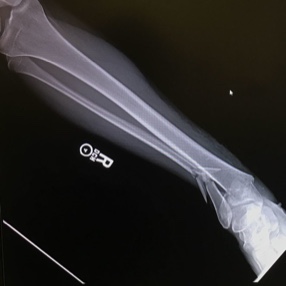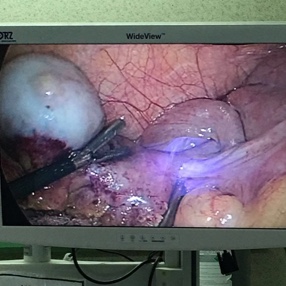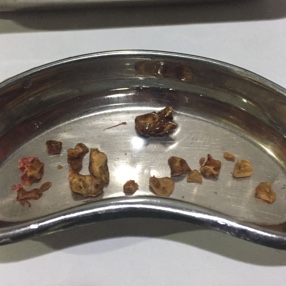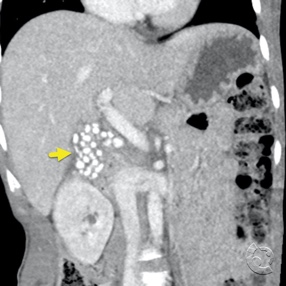
PRIMARY CARE
Opioid Prescribing Recommendations for Acute Pain
Clinical Guidelines and Resources
Sign up for Figure 1 and be notified directly of new clinical cases and related research, CME activities, quizzes, news, and trends. It’s free!

Figure 1, 2, 3

Non-opioid therapies are equivalent or superior to opioids for outpatient management of most acute pain, excluding traumatic or post-surgical pain

Immediate release is preferred over extended release/long acting for acute pain; start with the lowest effective dose and stop increasing if pain is not responding as expected

Prescriptions should be for no longer than the duration needed to cover severe pain; frequent reevaluation and taper may be appropriate for needs exceeding a few days
Summary
The U.S. Centers for Disease Control (CDC) updated their opioid prescribing guidelines in 2022 as part of a response to the ongoing opioid crisis. This summary focuses on their recommendations for outpatient management of acute pain (lasting less than one month) in adults. Of note, these guidelines do not cover management of pain crises in sickle cell anemia, cancer, or palliative care patients.
Opioid Prescribing Recommendations for Acute Pain
When deciding whether to prescribe opioids for acute pain in both opioid-tolerant and opioid-naïve patients, clinicians should first consider possible alternatives. Non-opioid therapies such as NSAIDs or acetaminophen are equivalent to opioids for mild to moderate musculoskeletal injuries like sprains or strains. NSAIDs are superior to opioids for dental pain and kidney stones. Non-pharmacologic options including ice or heat, elevation, immobilization, and physical therapy are also effective tools. Disease-specific therapies should be used when available (e.g., triptans, CGRP inhibitors, and ergotamines for acute migraine). Opioids, including tramadol, are best reserved for patients with severe postoperative pain, major injury, or who have contraindications to non-opioid options.
If opioids are indicated, the lowest effective dose should be utilized on an as-needed basis (as opposed to scheduling). Short acting, immediate release formulations are preferred over long-acting agents. The quantity prescribed should be for the shortest amount of time severe pain is expected. Patients needing a longer treatment duration should be reevaluated at least every two weeks. If pain is ongoing, consider additional untreated physical and psychosocial etiologies, and refer to the opioid guideline summary for subacute/chronic pain management. Non-opioid therapies should be used in conjunction with opioids for acute pain whenever possible. Setting appropriate expectations is critical for successful treatment. The goal should be to reduce pain to a liveable, manageable level; total pain elimination is not likely without a considerable increase in dangerous side effects. Concrete functional goals such as being able to walk or sleep may be helpful to guide dose adjustments and eventual discontinuation.
There is not currently a reliable, validated way to determine which patients are at highest risk of experiencing serious harm, or who is likely to receive the most benefit. All patients should be counseled on potential risks and benefits before starting therapy, including the risk of physical dependence or opioid use disorder (i.e., addiction) for more extended courses. Other more common side effects include constipation, nausea, confusion, and somnolence. A taper is indicated for patients requiring around-the-clock use for more than a few days.
Although there are no strict contraindications to opioid use in acute pain management, factors such as a history of substance abuse, use of other sedating medications, or severe sleep disordered breathing can increase the risk of respiratory suppression. Every patient prescribed opioid medications should be offered naloxone, a potentially life-saving reversal agent, in case of overdose. Other points of counseling include safe medication storage and disposal.

Full Guidelines
Read the full guidelines on prescribing opioids for pain from the CDC: CDC Clinical Practice Guideline for Prescribing Opioids for Pain

Patient Cases
Click on the image to see the full case details and sign in to view community comments.
See more cases like these
Sign up for Figure 1 and gain access to a library of 100,000+ real-world cases.


Related Research
“Opioids are Opioids” — A Phenomenographic Analyses of Physicians’ Understanding of What Makes the Initial Prescription of Opioids Become Long-term Opioid Therapy | PubMed
“… Explore prescribers’ understanding of what makes initial prescription of opioids become long-term opioid therapy (opioids >90 days) … The analysis identified six categories: The addictive opioid, The deserving patient, The ignorant prescriber, The lost patient, The compassionate prescriber, and The exposed prescriber. The differences in conceptions among the categories were clarified through three main contributors related to opioid therapy: prescriber’s characteristics, patient’s characteristics, and the healthcare organization.”
The Association between Early Opioids Prescribing and the Length of Disability in Acute Lower Back Pain | PubMed
“There is conflicting evidence with respect to whether early opioid prescribing (EOP) within the first two weeks of acute Low Back Pain (LBP) onset is associated with the length of disability (LOD). The aim of this systematic review was to examine the relationship between EOP and LOD in individuals with acute LBP.”

Related Medical Calculators
DIRE Score for Opioid Treatment

Kaci McCleary, MD
Hospice and Palliative Care Fellow, OhioHealth






